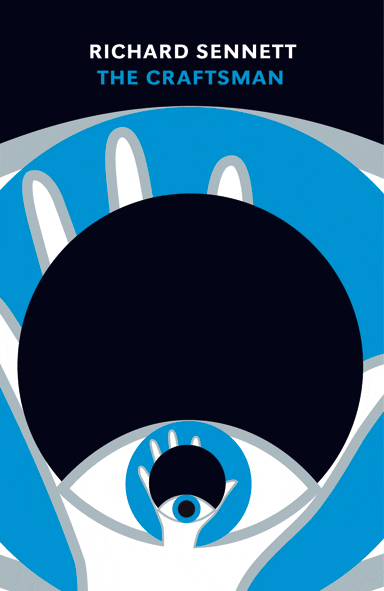
words Justin McGuirk
In the awful 1980s comedy Volunteers, Tom Hanks spends an entire flight to Southeast Asia trying to smooth-talk his way into the pants of the pretty lady in the neighbouring seat. When she finally catches on she gets indignant that he even thinks he has a chance. Hanks, who fancies himself something of a master in the art of bedding, replies hurt, “Well I’ve put the hours in, don’t you think?”
Something tells me Richard Sennett won’t have seen Volunteers, but The Craftsman is all about putting the hours in. In Sennett’s only slightly more highbrow analogy, Wittgenstein was on a hiding to nothing when he decided to design the perfect house for his sister. He may have been a brilliant philosopher and a protégé of Adolf Loos but he hadn’t even begun to master the craft of architecture. That, Sennett says, would have taken him at least ten thousand hours of steady and probably repetitive practice.
You may have seen that figure quoted recently, as references to this book are cropping up everywhere. It has – strangely for one that is often nostalgic and occasionally reactionary – a zeitgeisty quality. In parallel with the slow food movement and numerous other critiques of our adrenaline-rush society, The Craftsman argues that quality, fulfilment and even genius stem from “the desire to do a job well for its own sake”.
It has to be said that this is an impressively ambitious project. Taking us back to the workshops of the medieval guilds and to the studios of Benvenuto Cellini and Antonio Stradivari, Sennett sets out to prove Kant’s dictum that “The hand is the window on to the mind”. In doing so, he often goes into painstaking descriptions of craft processes as if to prove the limitations of language compared to the sophistication of manual dexterity. It is only through making things – by trying and failing and repeating – that understanding comes. In fact, one of the reasons he goes into such detail is to demystify creativity itself, and explode the notion that imaginative leaps are acts of divine inspiration. Rather, he says, they come from a mastery of the mechanics of a craft, whether that craft is music or cricket.
Alongside all of this runs a powerful social argument. Like John Ruskin, Sennett believes in the moral virtue of craftsmanship, and one of the reasons he revisits the medieval workshop is to reveal the role it played in society, binding people together and instilling values through ritual and teaching. Ultimately, this is a case for a more vocational education as opposed to the diverse portfolio of the “skills economy” – the implication here is that we are now jacks of all trades.
There is more than a hint of wistfulness in this book, and Sennett feels slightly out of touch in arguing that an architect will never be quite as good as he could be if he uses CAD. The computer after all is just a tool, like a potter’s wheel. But his argument is profound and persuasive. In fact, the book itself proves his point. I’ve never seen so many copy errors – symptoms of an editor who thought spellcheck had replaced the art of editing.
The Craftsman, Allen Lane, £25
www.penguin.co.uk


















